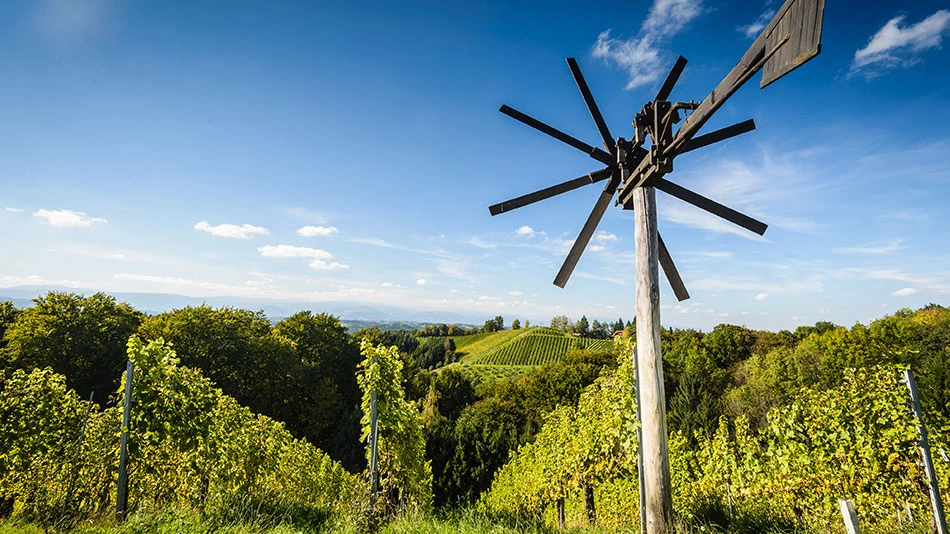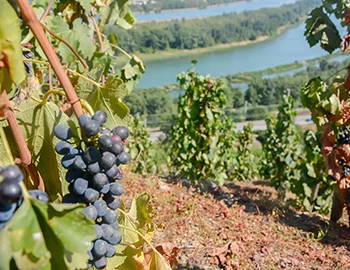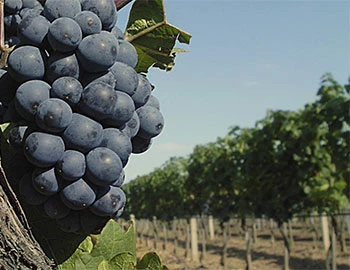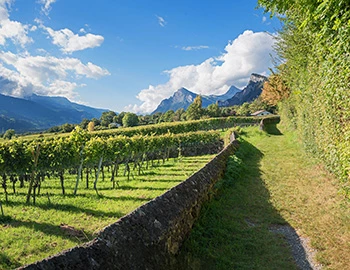Steiermark
Styria: the fresh, white wave
The southern cultivation area of Austria surprises with its refreshing white wines. Sauvignon Blanc, Riesling and Chardonnay (referred to here as Morillon) impress with their own profiles. Since the opening of the border with Slovenia – where the Iron Curtain once hung in its more moderate form – a dynamic, cross-border wine culture has developed. It almost seems as if the vibrancy of the hilly landscapes is reflected in the wines themselves.
White wines from Steiermark
The Sauvignon Blanc variety is trending worldwide. Generally speaking, three different flavor types can be distinguished today. In Sancerre, linear, mineral wines still are produced, while in the New World they are more trimmed to intense primary fruit, with a “sweet and sour” touch. Styria lies somewhere in the middle. The best crus impress with a combination of crispness, melodiousness and complexity that makes them unique.
A white wine country
Styria has a vineyard area of approximately 4,300 hectares, divided into the areas of Südsteiermark (Southern Styria) with 2,340 hectares, Südoststeiermark (Southeast Styria) with 1,400 hectares and Weststeiermark (West Styria) with 500 hectares. With a share of 76 percent, white varieties very clearly set the tone. Although Welschriesling is the dominant variety, at 790 hectares, the region’s image today has been defined by Sauvignon Blanc, which grows on 520 hectares. Also important are Pinot Blanc (510 hectares) and Chardonnay (330 hectares).
Each of the three wine-growing regions has its specialty: in Southern Styria it is the Sauvignon Blanc; in Southeastern Styria, the aromatic Traminer; and Western Styria is home to the Wildbacher, from which the eminently-crisp rosé Schilcher is produced.
Mediterranean-stamped climate
Throughout Styria, vines grow in a temperate Mediterranean climate. The soil conditions are diverse: in South Styria, where wine cultivation is carried out up to 564 meters above sea level, gravelly soils with sometimes high sand content dominate. By contrast, vines in Southeast Styria, where steep slopes can often be found, are rooted in reddish volcanic soils with high iron content, as well as in terroirs with lots of sand, schist or marl. In Western Styria, primary rock with schist and gneiss prevails.








